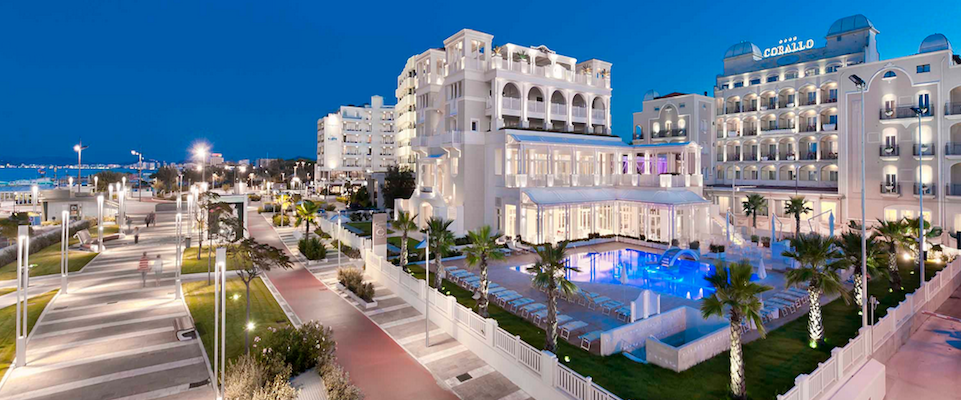Speaker
Description
Sources of free electrons coherent radiation, be they FEL or CBS devices, are undergoing a continuous demand of improvement of the relevant output performances.
These laser-like tools are widely used all over the world and are the highest performing in terms of brilliance, mono-chromaticity, coherence, directionality and polarization control. However in spite of their undoubted success and reliability, their wider use is still hampered by their size and cost, which require large laboratories and significant financial efforts.
It would be therefore desirable to develop more compact and cheaper systems operating at higher repetition rates and with larger average brightness. Accordingly, the strategy, pursued by many worldwide research institutions, is the design of FEL facilities in the VUV-X region, using compact accelerators and shorter undulator sections.
Within this context, the most natural solutions are those of designing high gradient accelerating devices, capable of providing high-quality electron beams and non-standard undulator lines.
Both solutions might concur with the reduction in either the size or the cost, but although these are the most obvious, they are not the only.
“Alternative” undulator are being studied to prevent the use of hundred meter long magnetic structures, necessary to provide the saturation length, in standard FEL architecture. Within this context the suggested solutions include a combination of non-linear harmonic generation, seeding, hybrid devices, coupled oscillators amplifier systems, etc.
In this talk we review the conclusion achieved in two Special Issues [1,2] devoted to “non-conventional” architectures and describing different strategies and sinergies, which have been proposed in the past. We focus on both the underlying physics and the different aspects of the relevant design, with particular reference to feasibility and relevant performance. Some proposals, like those foreseeing high-repetition-rate X-ray FELs [3,4], developed within the context of oscillator/amplifier architectures have achieved a good deal of maturation and will be “viable” solutions in the next future. Other, based on e. g. recirculated wave [5] or on undulators realized with an electromagnetic field provided by a CARM-type microwave source are worth to be pursued.
Analogous considerations are developed for CBS based X ray sources along with specific design strategies for high performing high brightness X-ray beams [7,8].
[1] G. Dattoli, A. Curcio and D. Giulietti eds. “Oscillator-Amplifier Free Electron Lasers an Outlook to Their Feasibility and Performances” MDPI
Appl. Sci. 2022, 12(19), 9444; https://doi.org/10.3390/app12199444
[2] G. Dattoli, E. Di Palma and I. Spassovsky, RF-Based Undulators and High-Gradient Accelerator Fed by High-Frequency Electromagnetic Devices, A special issue of Applied Sciences (ISSN 2076-3417), section "Optics and Lasers".
[3] G. Paraskaki, S. Ackermann, B. Faatz, G. Geloni, T. Lang, F. Pannek, L. Schaper, J. Zemella, Advanced Scheme to Generate MHz, Fully Coherent FEL Pulses at nm Wavelength. Appl. Sci. 2021, 11, 6058.
[4] M. Opromolla. A. Bacci, M. R. Conti, A. R. Rossi, G Rossi, L. Serafini, A. Tagliaferri, V. Petrillo, High Repetition Rate and Coherent Free-Electron Laser Oscillator in the Tender X-ray Range Tailored for Linear Spectroscopy. Appl. Sci. 2021, 11, 5892.
[5] A. Curcio, Recirculated Wave Undulators for Compact FELs. Appl. Sci. 2021, 11, 5936
[6] E. Di Palma, S. Ceccuzzi, G. L. Ravera, E. Sabia,I. Spassovsky, G. Dattol, Radio-Frequency Undulators, Cyclotron Auto Resonance Maser and Free Electron Lasers. Appl. Sci. 2021, 11, 9499.
[7] G. Dattoli, E. Di Palma and V. Petrillo, A Collection of Formulae for the Design of Compton Back-Scattering X-ray Sources, Appl. Sci. 2023, 13(4), 2645;https://doi.org/10.3390/app13042645

